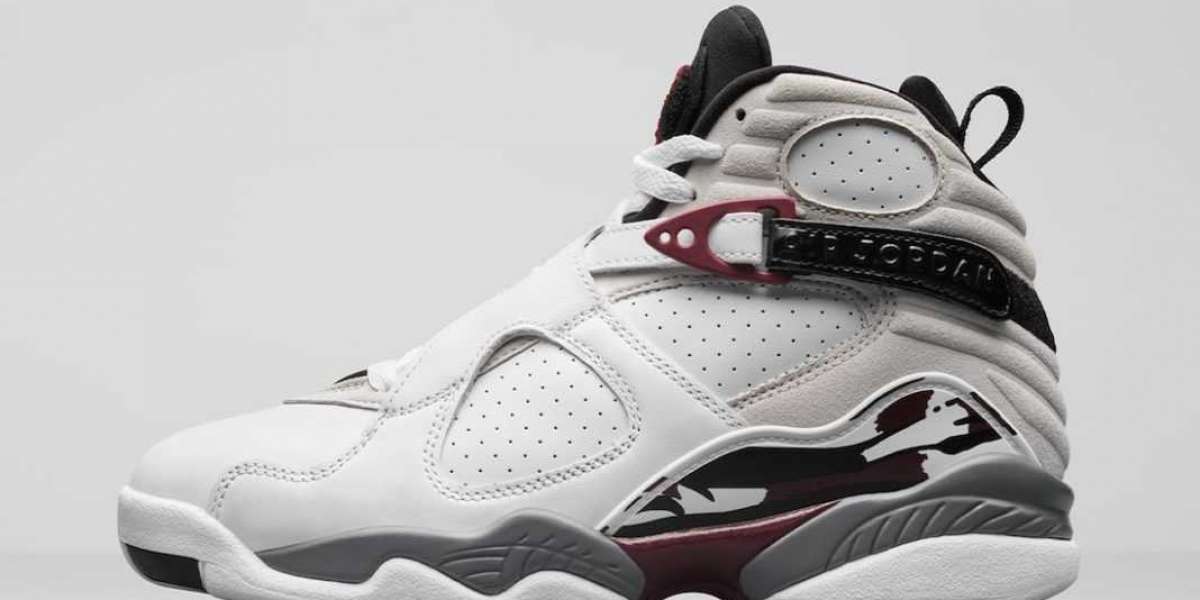Introduction to Biofeedback Devices
In recent years, the health and wellness industry has witnessed a significant surge in the popularity of biofeedback devices. These innovative tools are designed to help individuals gain greater awareness and control over their physiological functions, such as heart rate, muscle tension, and brainwave activity. By providing real-time feedback, biofeedback devices empower users to make informed decisions about their health and well-being.
The Science Behind Biofeedback
Biofeedback is grounded in the principle that individuals can learn to control bodily processes that are typically involuntary. Through the use of sensors and monitoring equipment, biofeedback devices measure physiological signals and present this data to the user in an understandable format. For instance, a device might display heart rate variability on a screen, allowing the user to practice relaxation techniques to achieve a desired state.
One of the key benefits of biofeedback is its ability to promote self-regulation. By understanding how their bodies respond to stress, users can develop strategies to manage anxiety, improve sleep, and enhance overall mental health. This makes biofeedback an invaluable tool in the health and wellness industry.
Applications of Biofeedback in Health and Wellness
The applications of biofeedback devices are vast and varied. In clinical settings, they are often used to treat conditions such as chronic pain, hypertension, and migraines. By providing patients with the tools to monitor and control their physiological responses, biofeedback can reduce the need for medication and improve quality of life.
Beyond clinical use, biofeedback devices are gaining traction among fitness enthusiasts and athletes. These individuals use biofeedback to optimize their training routines, enhance performance, and prevent injuries. For example, a runner might use a biofeedback device to monitor their breathing patterns and adjust their technique for better endurance.
The Future of Biofeedback Devices
As technology continues to advance, the future of biofeedback devices looks promising. Innovations in wearable technology and mobile applications are making biofeedback more accessible and user-friendly. Imagine a smartwatch that not only tracks your steps but also provides real-time feedback on your stress levels and offers guided breathing exercises to help you relax.
Moreover, the integration of artificial intelligence (AI) and machine learning into biofeedback devices is set to revolutionize the industry. These technologies can analyze vast amounts of data to provide personalized insights and recommendations, further enhancing the effectiveness of biofeedback interventions.
Conclusion
The rising trend of biofeedback devices in the health and wellness industry is a testament to the growing demand for self-regulation and proactive health management. By offering real-time insights into our physiological states, these devices empower us to take control of our well-being and make informed decisions about our health.
As we look to the future, the continued evolution of biofeedback technology promises to bring even more innovative solutions to the forefront, making it an exciting time for both consumers and professionals in the health and wellness industry.









